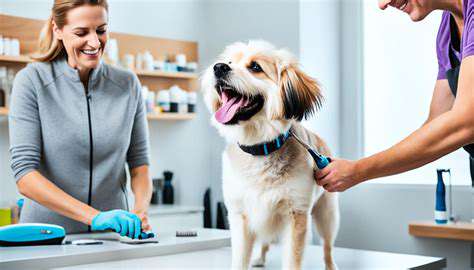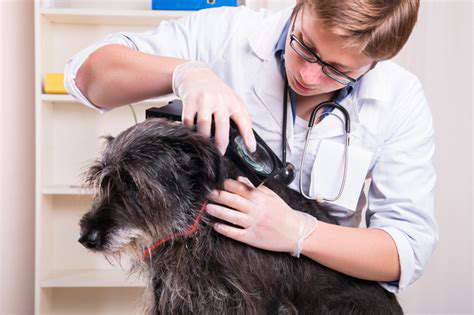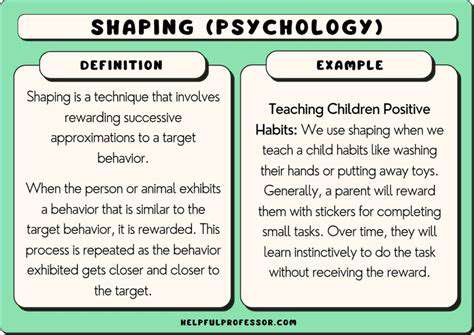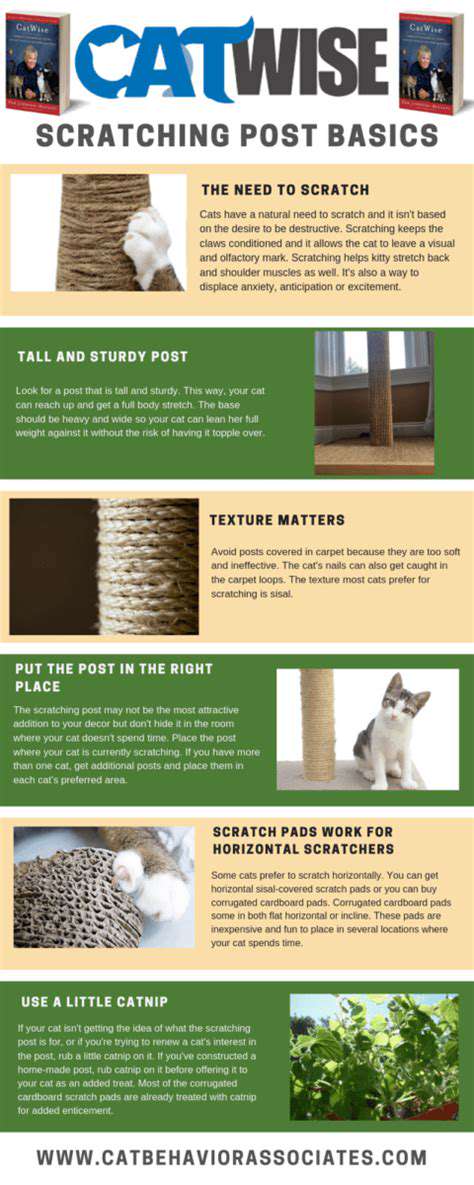How to Care for a Tripod Dog (3 Legs)
Feeding Frequency and Portion Sizes
Getting the right amount of food is crucial - too much can strain their joints, while too little won't give them enough energy. A good way to check is by feeling their ribs; you should be able to feel them without pressing too hard, but they shouldn't be visible.
Most tripod dogs do well with two meals a day, though some might prefer three smaller portions. Always keep their water bowl filled with fresh water, and pay attention to how much they drink, especially in warm weather.
Dietary Supplements
While quality dog food provides most nutrients, some tripod dogs benefit from extra support. Joint supplements can be particularly helpful since they put extra stress on their remaining limbs. Always check with your vet before adding any supplements to make sure they're safe and appropriate for your dog's specific needs.
Managing Weight
Keeping your tripod friend at a healthy weight is one of the most important things you can do. Extra pounds mean extra work for their three legs. Consider using a special slow-feed bowl if your dog tends to eat too quickly, as this can help prevent overeating.
Hydration
Water is just as important as food. Make sure their water bowl is easy to reach and not too deep. During hot days or after playtime, check that they're drinking enough. Dehydration can happen quickly and cause serious health issues.
Special Considerations for Senior Tripod Dogs
As tripod dogs grow older, their needs change. Senior formulas often contain ingredients to support aging joints and maintain muscle. Regular check-ups with your vet become even more important to adjust their diet as needed. Some older tripods might need softer food or different feeding schedules.

Grooming and Hygiene for Tripod Dogs

Basic Grooming
Regular brushing keeps your tripod dog's coat healthy and prevents painful mats. Short-haired dogs might need brushing twice a week, while long-haired companions often need daily attention. This grooming time is also perfect for checking their skin for any unusual spots or irritations.
Ear Care
Those floppy ears need regular cleaning to prevent infections. Use only cleaners made specifically for dogs, and never insert anything deep into the ear canal. If you notice any unusual odor or discharge, it's time for a vet visit.
Dental Hygiene
Good oral care prevents many health problems. Brushing several times a week with dog toothpaste helps keep their teeth clean. Annual professional cleanings at the vet's office are also important for maintaining dental health.
Nail Trimming
With three legs carrying all the weight, keeping nails properly trimmed is essential. Most tripod dogs need their nails clipped every 3-4 weeks. If you're nervous about doing it yourself, your vet or groomer can show you the proper technique.
Skin and Coat Care
Regular grooming sessions are the perfect time to check your dog's skin. Look for any red areas, hot spots, or unusual bumps. Using dog-specific shampoos helps maintain their natural skin oils. Any persistent skin issues should be checked by your veterinarian.










